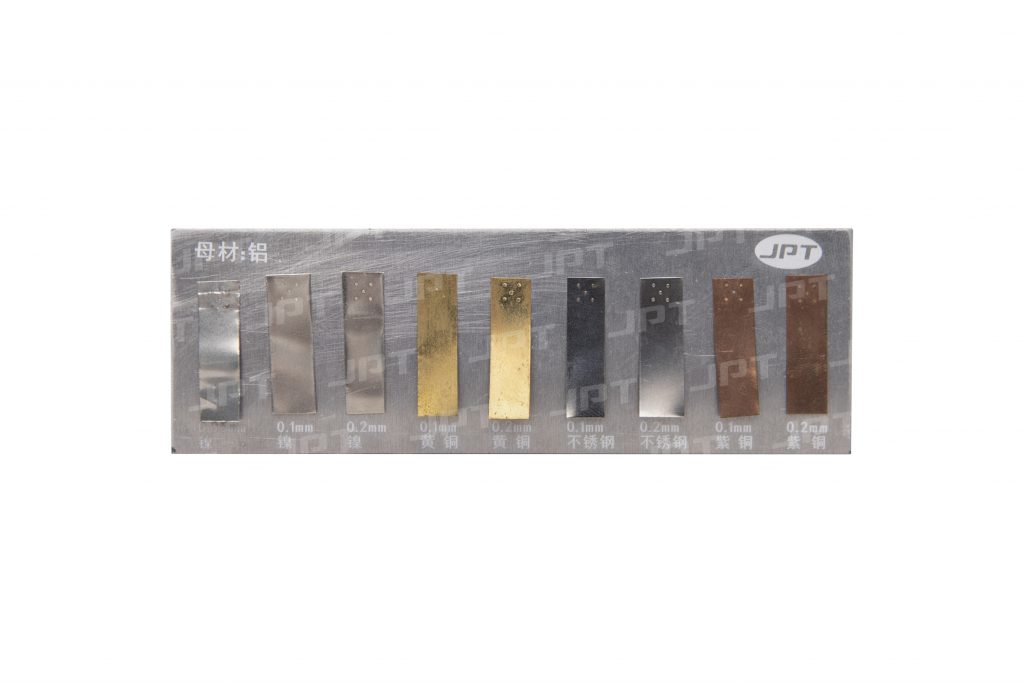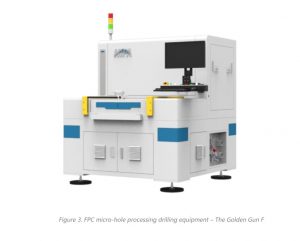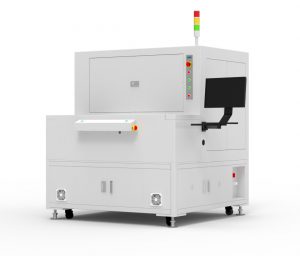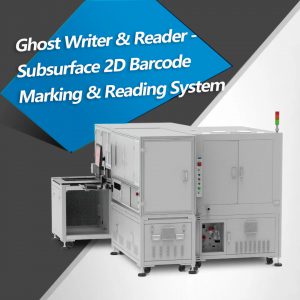Table of Contents
Working with metals feels both empowering and exciting. Welders transform metals into products and shapes they envision. In between the heat turning up and sparks flying, the welders practice and work tirelessly to acquire skills under the guidance and assistance of professionals in the industry.
Welding is fundamentally a process of fabrication that requires heat to attach two or multiple separate pieces. At present, professionals are utilizing laser welding, arc-based traditional welding, and spot-welding methods for operations. All the varieties of processes offer unique and special characteristics that render them appropriate for various cases. For instance, traditional welding can accommodate workpiece fit-up with less precision. Whereas, laser welding offers a low risk of distortion (thermal) and greater speed for processing.
This article will correctly summarize every detail about laser welders, their application, and welding techniques.
What is laser welding?
So, what is laser welding used for?
Laser spot or laser welding is a type of non-contact process that utilizes a laser to produce weld spots to join or attach metals. The laser is made to focus on the substrate, it absorbs the light and then melts the metal. This liquid metal flows and solidifies and then creates a small weld spot.
This complete process will occur within milliseconds. If the customer needs high speed for processing, multi-layer joints, or complex geometrics for welding, laser welding will offer a diverse range of applications and unique solutions. It might also get repeated completely depending on the thickness of the material and the required strength of the bond.
How does fiber laser welding work? Laser welding is always an automated process. The optical fibers (fiber laser welding) deliver beams from the diode, YAG, disk lasers, and fiber. It is easily and remotely manipulated with the help of robotic multi-axis delivery systems that result in a manufacturing process that is geometrically flexible.
What are the benefits of laser welding?
The advantages or benefits are related to the phenomenon of creating a keyhole with laser welding. The keyhole allows the input of heat through the whole thickness of the materials and not only the topmost surface. The main benefits are listed below:
- Narrow and deep welds. Laser welding will allow making welds along with a ratio of high aspect (narrow width to large depth). Therefore, laser welding is feasible to configure joints that are not suitable for other welding procedures (conduction limited).
- Flexibility and speed. Laser welding is one of the fastest techniques. Welding materials of thin sections (at a speed of many meters per minute) highly depends on the power and type of laser used. Therefore, lasers are highly appropriate to work in automated and high-production environments. In the case of thick sections, the keyhole laser welding process can make you gain productivity as it can finish a joint at one time which would require numerous chances with any other techniques.
- Low input of heat and low distortion. Lasers will produce a high concentration of heat sources that have the capability of creating a keyhole. Laser welding will produce a small amount of welded metal and it transmits a limited volume of heat. Another benefit that occurs from this input of low heat is the narrow heat-affected width zones that result in minimum damage and property loss.
- Laser welding is performed at atmospheric pressure but, to abstain from oxidation, gas shielding is used unlike the maximum welding operations using beam electron keyhole.
- Single-sided, non-contact process. The Laser welding process does not apply force to join or attach the metal pieces.
- It is a non-continuous form of welding and it is appropriate for many materials (non-metallic and metallic) such as plastics, Al, Ni, and Ti alloys and different thicknesses. Furthermore, it can apply to dissimilar materials like steel and aluminum.
Differences between traditional & new laser welding techniques
Following are the areas of differences in both the type of welding:
- Heat Source– Traditional welding includes TIG (tungsten inert gas) and MIG (metal inert gas) are using an electric arc generated between electrode and workpiece to create the weld, and resistance spot welding utilizes the heat from an electric current to connect metal sheets with spots. In comparison, laser welding achieved the engineered and advanced attachment processes with the help of a laser beam emitted from the optical module.
- Accommodativeness– Traditional welding processes do not have to be as accurate and fixtures do not have to ensure a nearly perfect fit as they do with the laser welding processes, they can accommodate workpiece fit-up with less precision.
- Heat Affected Zone– Compared to traditional welding processes, laser welding is capable of finer welds, with a much smaller heat-affected zone.
- Processing speed– Though laser welding has more investment cost than traditional welding, it is actually more cost-effective since it offers a faster processing speed. As a result, faster production means more manufacturing capacity, resulting in a quicker turnover.
- Automation– Traditional welding is well understood in the community of manufacturing due to its legacy, it is much easier in automation, and it needs less precise fit-up. However, laser welding produces less heat then requires less cooling time, leading to higher efficiency and better accuracy, which is one of the most advantageous factors in industrial automation.
- Investment cost– Compared to laser welding, the initial investment cost of traditional welding is lower at the very first due to the higher price of the laser process head and the delivery fiber. But due to the efficiency of laser welding and lower cost per part, the marginal cost will continue to decline as production increases.
How to choose the laser welder for different applications and welding processes?
Firstly, we need to choose between the two main broad types of laser welder that are usually equipped with the welding machine: continuous laser and pulsed laser. Your choice of any one of these laser types will totally depend on the material’s thickness that you need to weld.
Continuous lasers:
- These are highly recommended to weld thick parts.
- This is especially the most productive upon refractory metals.
- These lasers are slightly cheaper if compared to pulsed lasers and reduce operational costs as well.
- This type of laser works better on metal sheets with a thickness of more than 0.3mm.
Pulsed lasers:
- These are appropriate for thin and light metals with a thickness of less than 0.3mm.
- These lasers prevent the thin metals from melting or being deformed.
- This is especially required for welding sheet metal, titanium pacemakers, razor blades, and chain links of gold jewelry.
How to choose a laser welder source?
There are 3 different types of welding sources that are, Nd YAG laser, Diode fiber laser, and CO2 laser. You can choose the welding source depending upon the laser type (continuous or pulsed).
1. Diode Fiber lasers:
- This fiber laser technology is established on thin and sharp beams that permit penetrative and continuous work to get carried out.
- Diode lasers deliver wavelengths ranging from 810 to 1064 nm.
- In this fiber laser welding technique, the diode fiber laser can penetrate metal sheets that are thick with great efficiency and speed.
- The integration of fiber lasers into a machine is very easy compared to the other lasers in terms of both maintenance and use.
- Fiber lasers offer an efficiency of twenty-five percent (average).
2. CO2 lasers:
- This laser technology generally uses a mixture of gases that are, carbon dioxide, nitrogen, and helium. All these gases are optimized and electrically excited to operate continuously.
- CO2 lasers are typically available in three wavelengths: 9.3 µm, 10.2 µm, and 10.6 µm.
- Compared to fiber lasers, CO2 lasers have a larger install base, and come to the market earlier so that more original equipment manufacturers are still using CO2 lasers.
- CO2 lasers offer a power efficiency of seven percent for an eight thousand Watt (average).
3. Nd YAG lasers:
- For pulsed mode, Nd YAG lasers are optimized.
- Nd YAG lasers emit different wavelengths of pulses that do not reach the target, instead, they dissipate away in the formation of heat.
- Nd YAG lasers are less efficient in the terms of energy (three to four percent efficiency) as compared to the CO2 lasers (seven to ten percent efficiency), and the fiber lasers (twenty-five to thirty percent efficiency).
- Nd YAG lasers permit effective power control, shape, and duration of the pulses of the lasers.
What parameters are needed to be checked?
- Energy adjustment.
- Checking the frequencies of pulses.
- Ensure a correct or ideal beam diameter of the lasers for an effective welding performance.
- The laser pulse’s waveform should be monitored or changed (according to the welding material).
Recommended JPT laser welder for specified metal welding applications
1. Sheet Cutting and Sheet Metal Welding
In the demand for sheet cutting and sheet metal welding (0.05~0.3mm), or dissimilar metal sheet welding (such as aluminum copper), the JPT M7 series laser enjoys the most reliable performance. M7 series laser refers to a high-power optical fiber laser that adopts direct electrically modulated semiconductor laser as the seed resource (MOPA) plan; it is possessed of perfect laser features and excellent pulse-shape control ability.
When it comes to sheet metal of more than 0.3 mm, the JPT CW series laser performs better work. The CW series laser is a diode-laser-pumped continuous wave fiber laser that emits a continuous laser beam. CW laser offers higher output power therefore recommended for thicker metals.
MOPA optical fiber laser enjoys separate and controllable pulse frequency and width. By adjusting and coordinating these two parameters, it is able to realize constant high peak power output.
2. Precision Welding
The stability of the connection is often required in precision welding. At the same time, we need to make adjustments to the welding position according to the actual condition.
JPT QCW (Quasi Continuous Wave) laser meets an optimized combination of light, equipment, electricity, and software; it uses a control interface and JPT standard software to realize real-time monitor and alarm to the laser status; besides, it is able to collect data and record the operations. The laser is designed with air cooling, heat dissipation, and an upper frame box and enjoys the benefits of high electro-optical conversion efficiency, low energy consumption, maintenance-free, flexible and electrically conductive. It is the ideal laser welder for precision welding and other applications.
3. Metal Plate Cutting and Welding
These applications require lasers with high-energy output and are able to make adjustments under the continuous or modulated model.
JPT CW (Continuous Wave) Laser Series is recommended in these industries. It uses a control interface and JPT standard software to realize real-time monitoring and alarm the laser status; besides, it is able to collect data and record the operations.
The CW laser series is designed with air cooling, heat dissipation, upper frame box, and enjoys the benefits of high electro-optical conversion efficiency, low energy consumption, maintenance-free, flexible and electrically conductive.
Compared with traditional welding processes, it has high efficiency, small deformation, excellent sealing property, high seam strength, favorable appearance, high precision, and integration convenient advantages. It can be adopted to replace the traditional TIG welding process.
Recommend Reading
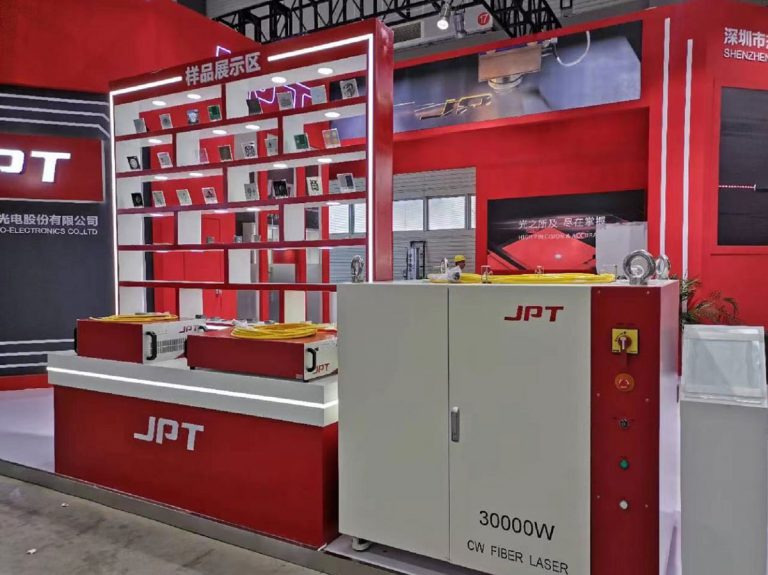
You Will Never Believe Laser Technology Could be So Useful
Table of Contents Beginning: The Development and Current Status of the Laser Industry The laser industry has found wide acceptance across different industries since the
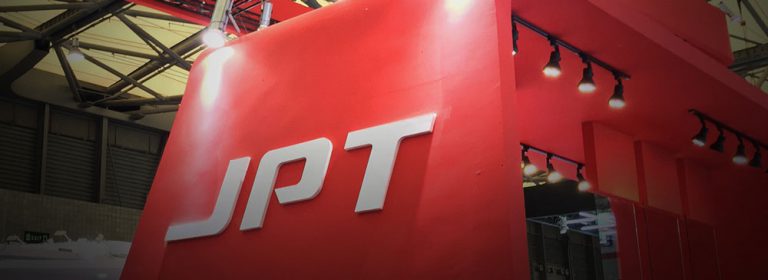
How to Choose a Suitable Laser Source – MOPA Series
As a tool, the laser has become a new favorite in the industrial age. Compared with other traditional processing methods, the laser has only a
